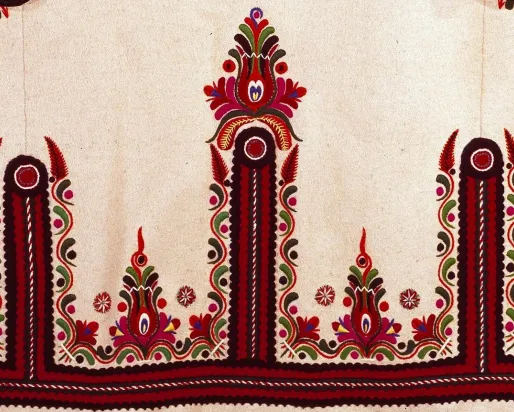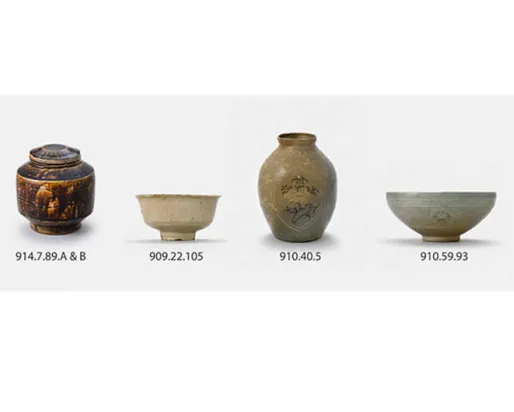Ceramic Petrology Laboratory
Categories
Researcher
About the Project
A core part of the archaeological science research at the ROM is the Ceramic Petrology Laboratory. Petrology or Petrographic analysis is a technique developed in the earth-sciences for observation of rocks and minerals. It involves creating a "thin-section" of the material being studied, which is a thin slice exactly 0.03 mm thick. Once the thin-section is made it is viewed through a polarised-light microscope, which has two polarising filters oriented at right-angles to each other, thereby blocking out any light. However, a sample containing minerals may diffract the light, so that they are visible in cross-polarized light. The degree of diffraction is a key characteristic enabling identification of the crystals.
The variety of minerals and rocks in the thin-section, together with their texture and range of sizes, defines the petrographically-defined fabric of the pottery, or its petrofabric. The petrofabric of a particular vessel will be diagnostic of where in the world the ceramic was made, as the geology and environment of the region around the kiln-site will dictate what appears in the pottery. If evidence of manufacture is available from a particular site, for instance wasters (pottery ruined in the firing process) or kiln-furniture (objects of clay used in the kiln, for instance spacers to separate the ceramics), it will be possible to analyse this ceramic evidence to characterize the production centre itself. So any pottery found which has the same petro-fabric can be said to be from this centre, no matter how far away from that centre the pottery might have been found.
This type of analysis has been undertaken on several areas of ROM research, particularly on ceramics from the Middle East of the 8th to 17th centuries; Mesoamerica; and ancient China, Japan, Mesopotamia, Egypt, Nubia, Syro-Palestine, Indus Valley, and Iran.






